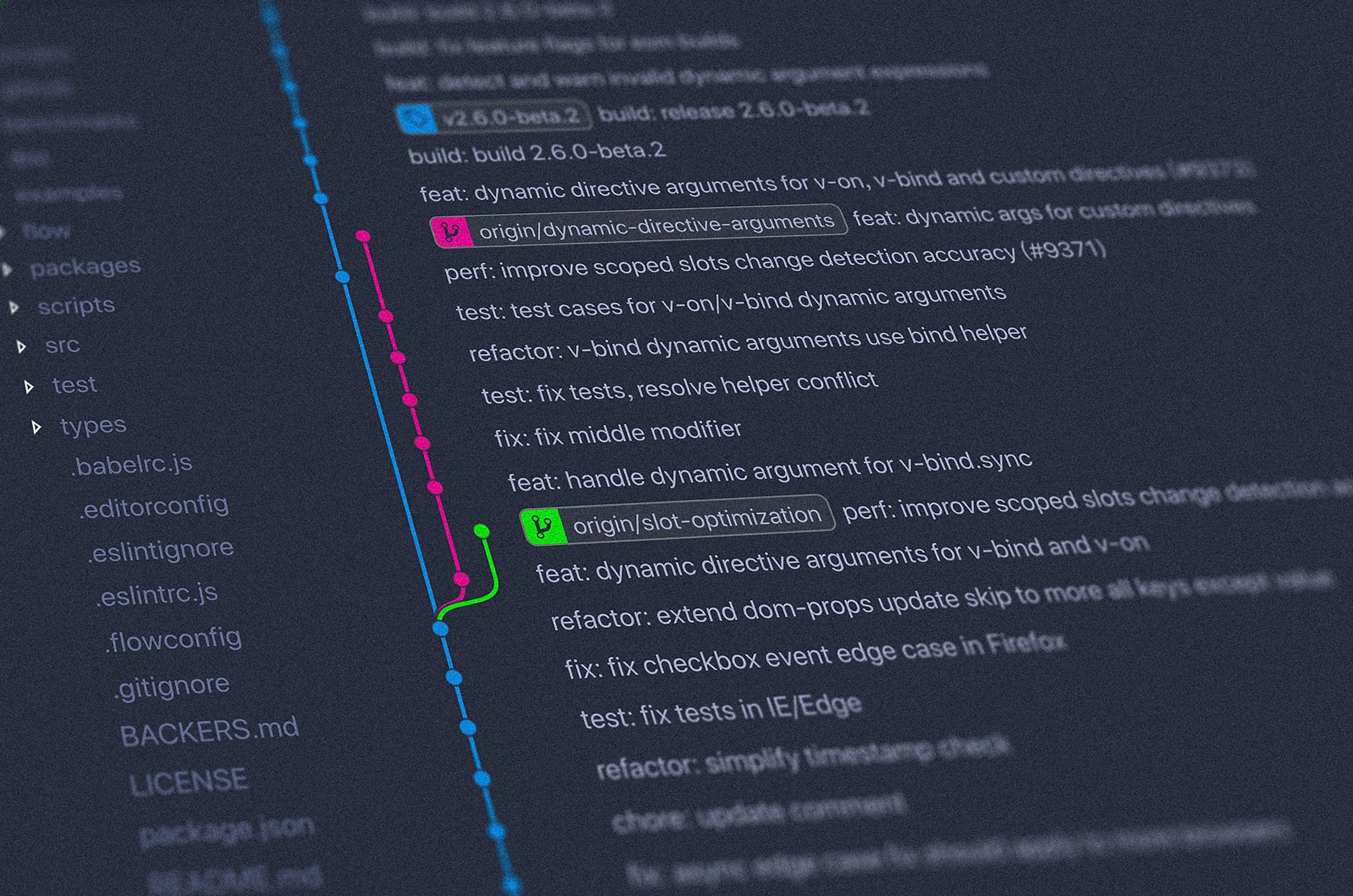Innovative and Affordable: Exploring Low Cost UX Research Methods
In today’s digital landscape, understanding how users interact with your product is crucial for success. However, comprehensive user experience (UX) research can often be costly. The good news is that there are sustainable and affordable alternatives available. Low cost UX research methods offer a pathway to insightful and actionable user data without the hefty price tag. As companies aim to enhance user satisfaction and product usability, integrating these cost-effective strategies can be an excellent decision.
Why Low Cost UX Research Methods Matter
Businesses increasingly prioritize UX to stay competitive. By leveraging low cost UX research methods, even startups and small businesses can gain valuable user insights. These methods help to identify usability issues, align products with user needs, and drive higher engagement. The cost savings allow companies to invest in other critical areas, leading to a more efficient allocation of resources.
Top Low Cost UX Research Techniques
Enhancing your UX strategy doesn’t have to drain your budget. Here are some budget-friendly UX research methods that provide substantial insights:
1. Guerrilla Testing
Guerrilla testing involves taking your product or prototype into public spaces to gather spontaneous user feedback. By instructing random users to complete tasks and observing their interactions, you can collect real-world data and identify usability issues efficiently. This method is not bound by location, making it highly accessible and adaptable.
2. Remote Usability Studies
Utilizing digital tools such as Zoom or Skype, remote usability studies allow you to observe how users interact with your product, no matter where they are. This approach eliminates travel costs and enables a broader demographic reach, which is crucial for obtaining diverse user perspectives.
3. Surveys and Questionnaires
Online surveys are efficient for collecting quantitative data. Tools like Google Forms or SurveyMonkey provide cost-effective platforms for designing and distributing surveys. When crafted properly, surveys can uncover user preferences, challenges, and expectations, offering a clearer understanding of user sentiment.
4. Analyzing Existing Data
Leverage analytics tools like Google Analytics to study user behaviors such as navigation paths, time spent on pages, and bounce rates. This secondary research approach involves reviewing existing data, which is both resourceful and informative.
5. Card Sorting
Card sorting helps improve information architecture by studying how users categorize content. Conduct this method virtually using tools like OptimalSort to better understand user mental models and improve navigation structures.
Tips for Implementing Low Cost UX Research
Successfully applying low cost UX research methods requires a strategic approach:
A. Define Clear Objectives
Before starting, outline clear goals for your research. Whether it’s increasing conversion rates or improving user satisfaction, knowing what you aim to achieve will guide the entire process.
B. Choose the Right Method
Select the research methods that align best with your objectives and resources. Consider factors such as your target audience, the product stage, and available tools.
C. Analyze and Act on Findings
The value of UX research lies in applying insights. Ensure that you not only collect data but also analyze and implement changes based on your findings to truly optimize the user experience.
Conclusion: Embrace The Power of Cost-Effective UX Research
Low cost UX research methods are not just alternatives; they are crucial strategies for understanding and enhancing user experience without a substantial financial commitment. By integrating these approaches, businesses can bring user-centric solutions to life, ultimately leading to satisfied users and successful products. Embrace these affordable research techniques and see a substantial difference in your product’s usability and user satisfaction.
For further exploration into UX strategies, you can visit Nielsen Norman Group for insightful articles and resources.




